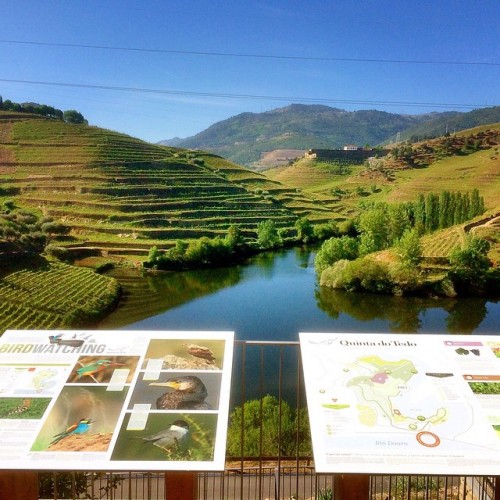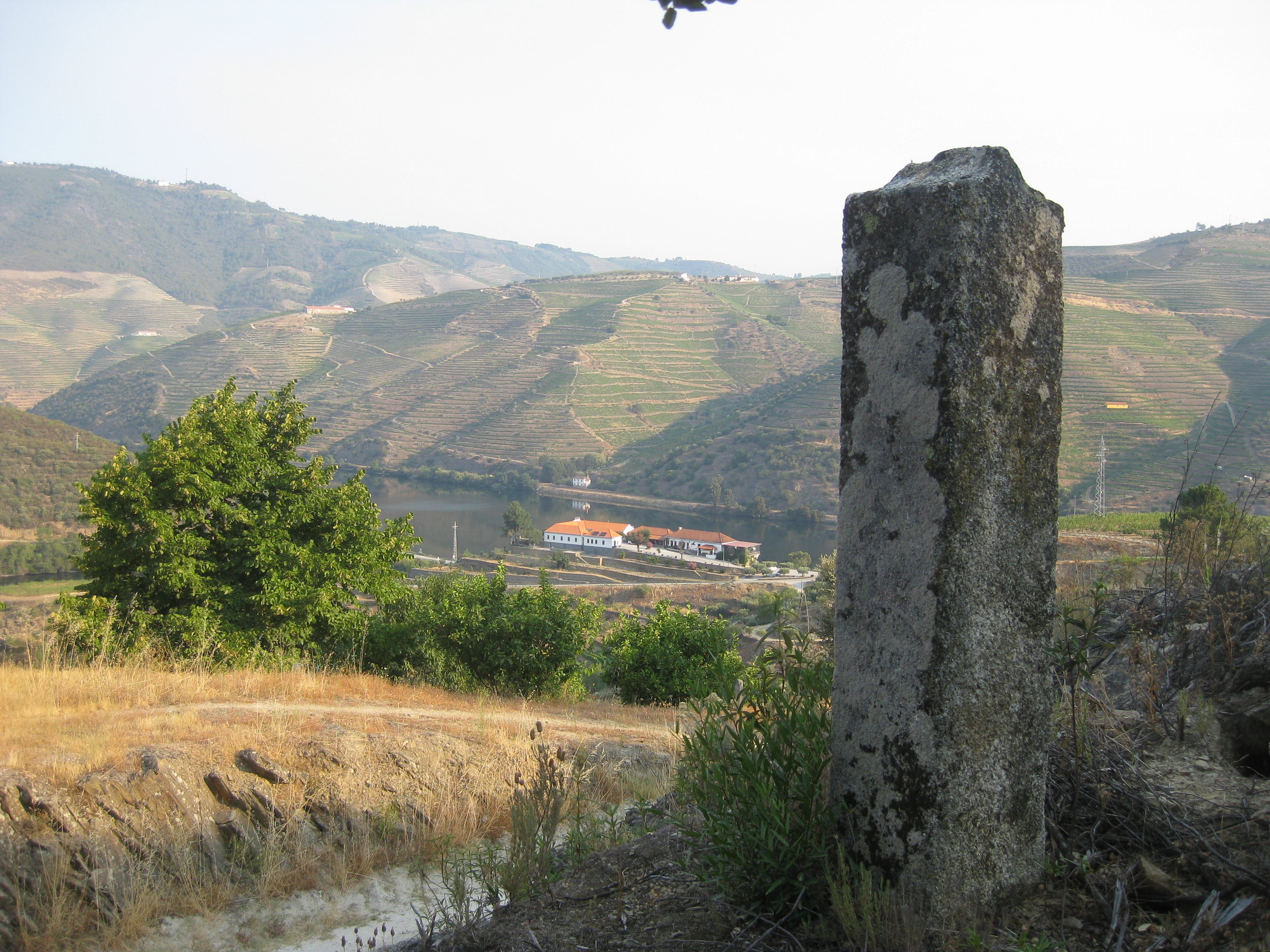Team Tedo wishes you a holiday season filled with joy, peace, love and … a glass of Quinta do Tedo!
Summertime at Quinta do Tedo
- The summer months are approaching, when Douro Valley sizzles as a destination for port and wine aficionados. We await you at Quinta do Tedo for yet another stellar enotourism season, and here are new additions that we proudly share with you, dear Friend of Quinta do Tedo.
-

Our 4.5 km Nature Trail, for a self-guided hike in the Tedo River Ecological Reserve with information plates about the flora, fauna and viticulture of our property, is open for all who come and visit. Partially along the river Tedo, then climbing through the terraced vineyard and past the Feitoria stones, the trail showcases our property's diversity and beauty.
In addition to Tour and Wine Tasting options, we serve upon request traditional cheeses and chocolates in our tasting room for perfect combinations.
Wine workshops available to further your knowledge of Port and Douro DOC wines.
Not to forget our 5 bedrooms to make your stay in Douro Valley an unforgettable one.
Cheers!
The Feitoria stone's mark on Douro Valley history
 I wrote last month about Quinta do Tedo’s 4.5 km nature trail that proudly includes feitoria stones. Think feitoria = fattoria = farm, and in Douro Valley a farm means a vineyard. What is the reason for these stone markers ?
I wrote last month about Quinta do Tedo’s 4.5 km nature trail that proudly includes feitoria stones. Think feitoria = fattoria = farm, and in Douro Valley a farm means a vineyard. What is the reason for these stone markers ?
As a way to solve rampant over-production of wine in 1755, when growing prosperity had led to corruption and wine adulteration, it was decided by the Marquês de Pombal, Prime Minister of Portugal, to establish a demarcated Douro wine region, the 1st official wine region of the world. Between 1755 and 1761 a rigorous land survey registered all vineyards in the Douro, an official map and the A – F vineyard classification system were created, that is still used today. 335 feitoria stones, large rectangular granite markers were erected with the word Feitoria and the year chiseled on the face; the best quality wine was made within these boundaries, destined to the export market. Made of long-lasting granite as opposed to the softer schist so typical of the Douro region, today 103 are still standing and 2 can be found at Quinta do Tedo.








